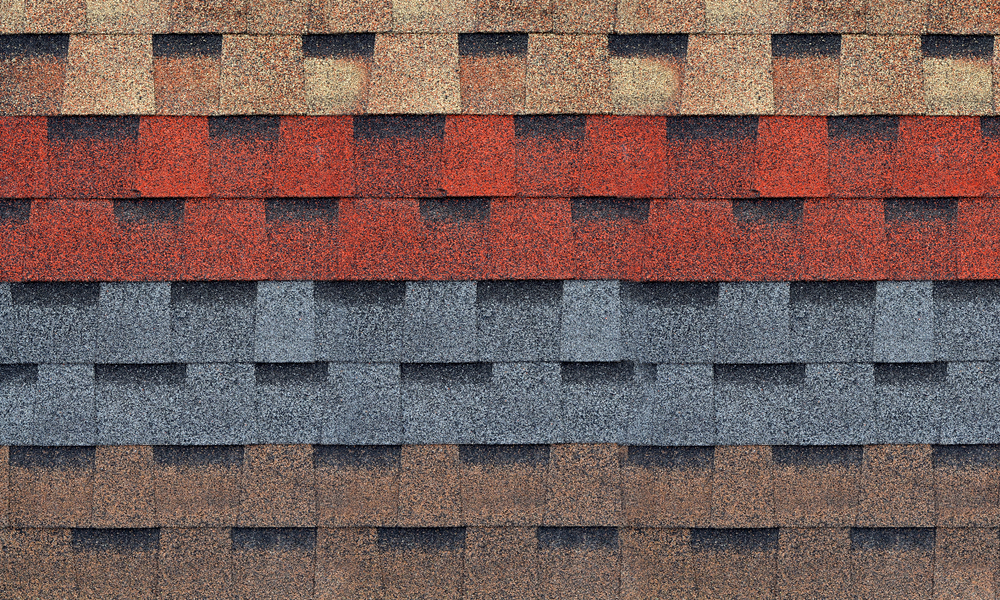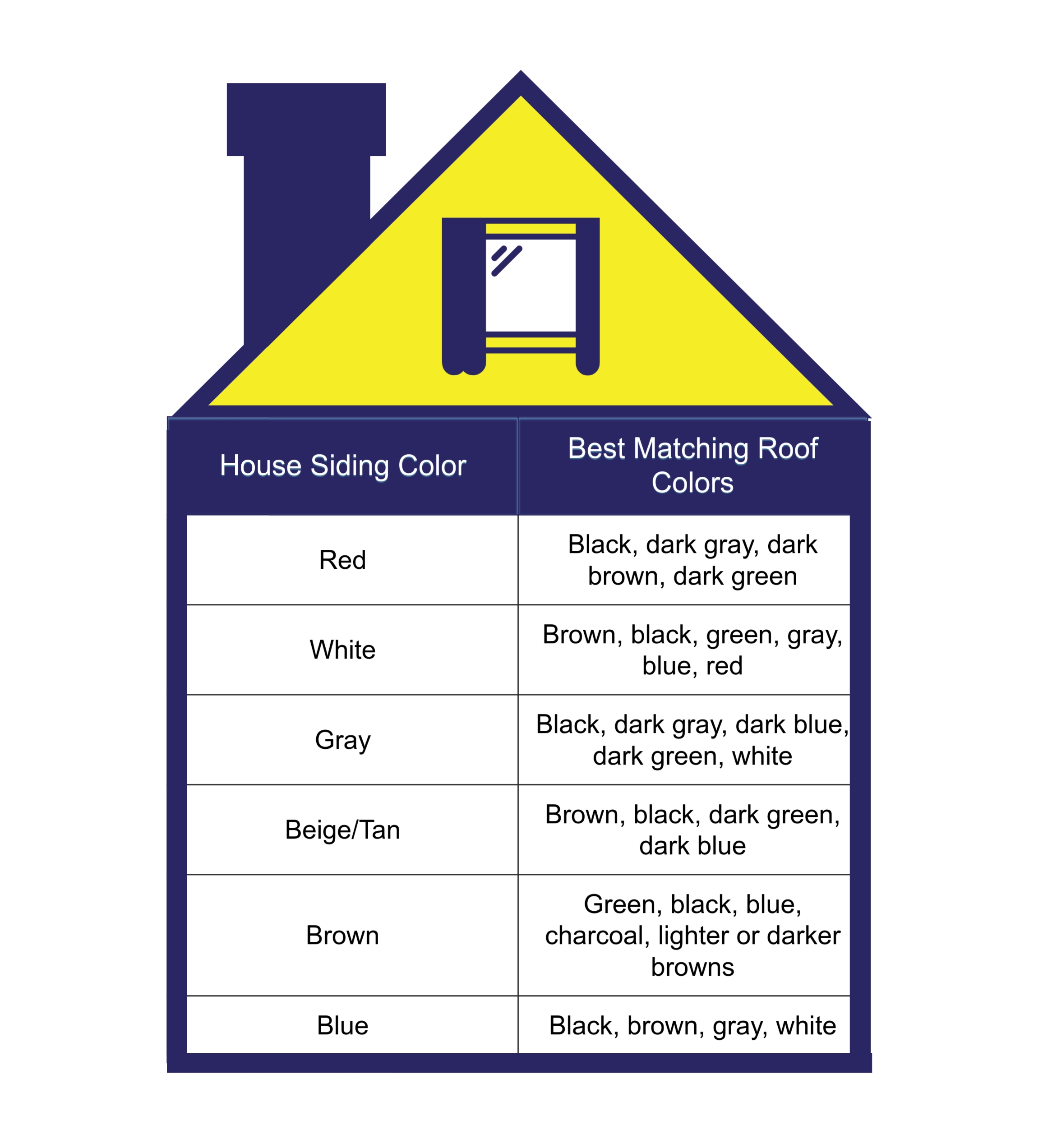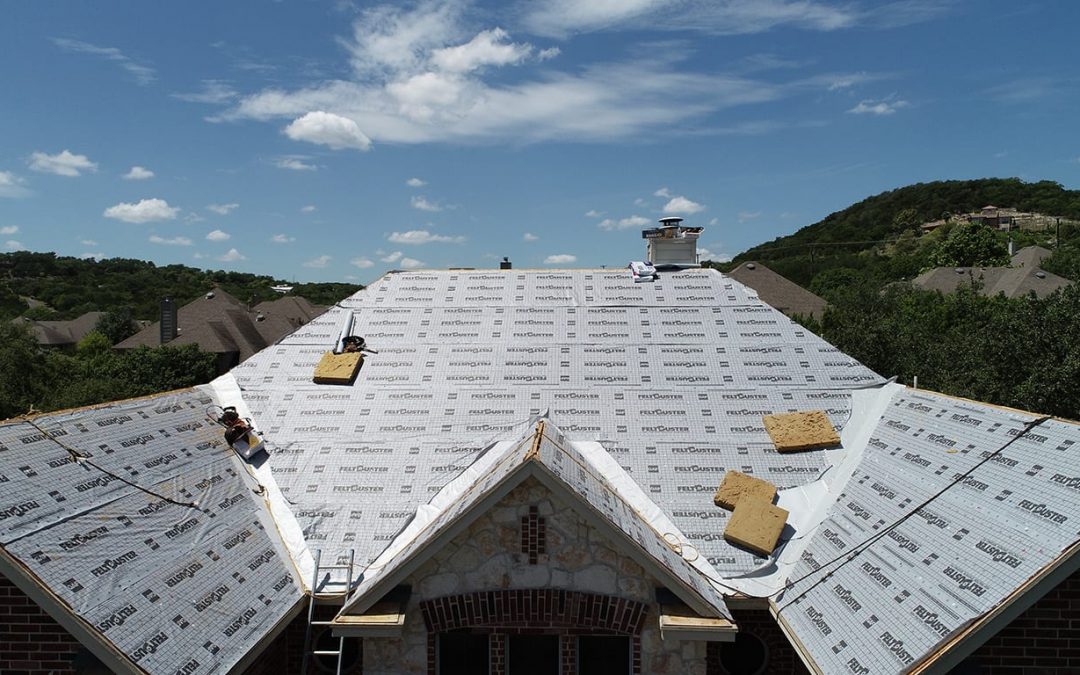
by siteadmin | Mar 6, 2020 | Homeowner Questions, Roof Inspection, Roof Maintenance
Are you in the process of getting your roof repaired? Do words like “gable” or “truss” sound like a foreign language? Understanding roofing terms and how they work together in your roof system will help you make sense of the repair estimates given by roofing contractors.
Defining Important Parts of a Roof
Being able to identify the different parts of a car is comparable to your roof. If you’re unsure of how the crankshaft relates to the engine, a car diagnosis could be confusing. The same is true for the roof of your home. Becoming familiar with common roofing terms listed on estimates or inspections will help you take better care of your roof.
- Decking
- Drip Edge
- Flashing
- Gable
- Ridge Vent
- Saddle
- Shingles
- Truss
- Underlayment
- Valley
- Vent Pipe
1) Decking
The roof deck is the layer of roofing material between the frame of your roof and the outer roof shingles or coating. Besides the trusses and joints that make up the roof frame, your decking is the primary foundation of your roof. Types of deck material include steel, concrete, cement, and wood.
2) Drip Edge
Drip edges are metal sheets, usually shaped like an “L”, that are placed at the edge of your roof. Contractors install these metal sheets to direct water away from the fascia (roof edge) and into the gutter system. Older homes may not drip edges installed, but it is now required for all new homes to include drip edges in their roof systems.
3) Flashing
Flashing is the term used to define materials that are placed in specific areas on your roof to protect against leaks. Usually made of rust-resistant metal, flashing is the best way to weatherproof your home. Similar terms may include base flashing, counter flashing, step flashing, or valley flashing. Each relates to the spot on the roof where the metal strip will be installed.
4) Gable
A gable roof is the most common roof shape when thinking about roof types. The gable is the triangular portion of your roof where the edges of roof sections intersect. Similarly, a gable wall or gable end refers to the gable and wall directly underneath.
5) Ridge Vent
Compared to turbines, ridge vents are the preferred method for allowing hot, humid air out of your attic. A ridge vent is installed along the top of each roof peak and acts as a screen for interior air flow. While allowing hot air to escape from the attic, it keeps outside elements from leaking in.
6) Saddle
A cricket or saddle on your roof primarily concerns the installation of chimneys. To divert water running down the chimney to your roofing material, a ridge structure (saddle) is installed around the high side of the chimney.
7) Shingles
Usually thought of as the most popular roofing material, shingles compose the outer layer of your roof. Otherwise known as asphalt or fiberglass shingles, each home’s shingles range in color, material, and shape. Roofing contractors nail each shingle together in an interlacing pattern to ensure long term durability for your home.
Pro Tip: There are numerous shingle types to choose from your home. Be sure to coordinate the appropriate roofing material with your home’s exterior design.
8) Truss
The truss of your roof is your roof frame. Usually built away from the building site, a roof truss consists of three interlocking parts: rafters, joists, and jacks. In today’s new homes, you can find a number of different roof truss styles such as dual pitch, inverted, flat, and hip roofs.
9) Underlayment
The underlayment of your roof is a waterproof barrier placed between your roof deck and shingle material. Although shingles are your first defense against water damage, underlayment provides extra protection in case of missing shingles. A roofing underlayment can be found in there different materials including asphalt-saturated felt, synthetic, and rubberized asphalt.
10) Valley
Your roof valleys refer to the parts where your sloped roof meets, usually forming a V angle where water runs off. Depending on the design of your roof, there are three different types of valleys including woven, closed, and open valleys. It’s important to inspect your roof valleys periodically to guard against unwanted water damage.
11) Vent Pipe
Did you know plumbing has a part in your roof’s design? A vent pipe is an air pipe installed on the roof of your home to allow gases and odors to escape from your plumbing lines.
Roofing Experts in Spring, TX
Every part of your roof, even the drip edge, comes together to create a protective shield over your home. Thanks to the ingenuity of roof design, you can trust that your home won’t be exposed to weather or allow moisture to leak inside. If you’re starting to notice problems with your roof, schedule a free consultation with one of our roofing professionals. Catching roof problems early on could guard against extensive damage before it’s too late.
Looking for more roofing tips and advice? Connect with our roofing experts on social media!

by siteadmin | Feb 14, 2020 | Homeowner Questions, Roof Replacement
Did you know you can increase your home’s value by $12,000 if you replace your roof? According to Remodeling Magazine, you’ll actually be able to recover nearly 63% of the upfront roofing costs by upgrading. If you’re interested in installing a new roof on your home, get started today with our certified roofing contractors in Spring, TX.
Frequently Asked Roof Replacement Questions
Whether it’s a necessity due to storm damage or your next home improvement project, replacing your roof doesn’t have to be complicated. Our roofing experts have compiled a list of the top questions homeowners ask before a roofing project. Get prepared for your roof replacement with these considerations.
- How do I know if I should replace my roof?
- Should I contact my HOA for approval?
- Which roof shingle color should I choose?
1) How do I know if I should replace my roof?
While most roofs are designed to last for 15-20 years, there are other different factors that could warrant a full roof replacement. From mold to storm damage to missing shingles, it’s important to make a habit of checking your asphalt shingles for irreversible damage. If your roofing system is displaying any of these telltale signs, it’s time to schedule a roof replacement for your home.
Pro Tip: If you don’t think you’re qualified to do a self-inspection of your roof, hiring our roofing professionals will help! Schedule a free inspection today!
2) Should I contact my HOA for approval?
Yes, you should definitely get your new roof approved by your homeowner’s association (HOA). Besides keeping your neighborhood looking uniform and clean, your roof installation will be much faster from the onset. Neglecting to get HOA approval, however, could result in costly fines and project delays, making it a headache to get your roof replaced. If your home is managed by an HOA, be sure to get approval before the installation.
3) Which roof shingle color should I choose?
From the type of roofing patterns to shingle colors, designing your roof can seem overwhelming in the beginning. Depending on your home’s exterior siding, certain colors may look better than others. That being said, choosing a roofing material isn’t a decision you have to make alone. If you’re unsure which shingle roof is best for your home, our team is more than happy to help you choose the right color.
Quality Roofing Contractors in Spring, TX.
Are you ready to get your roof repaired? Our professional roofing team is committed to providing quality service and installation for your home. From the initial consultation to completion day, our goal is to give you a roof that will stand the test of time and protect your home.
Connect with our roofing contractors to learn more about our roofing installation process.

by siteadmin | Feb 7, 2020 | Homeowner Questions, Roofing Materials
Of all the decisions you have to make when renovating your roof, the color seems like the least important. After all, as long as the leaks are covered and your new roof works well, who cares what color the shingles are? On the contrary, the color of your new roof can have a noticeable effect on your home’s energy efficiency and curb appeal. Learn how to choose a roof color for your Houston home with these considerations.
How much thought have you given to what color you want your roof to be? Before you make your final decision, consider the impact your choice will have and what your hopes are for your new roof. Are you more interested in appearances, functionality, or energy efficiency? Your answers to these questions will influence your ultimate decision.
Appearance: Compliment Your Home’s Exterior Colors
Did you like your previous roof color? When you replace your roof, you’re presented with a new opportunity to drastically improve the style of your home. For many homeowners, they want to make sure that whatever shingle-style they choose, their home will look as good (or better) as it did before. The key is knowing what colored roofing will complement your home’s siding and architectural elements. Here’s a helpful table to help you choose your shingle color based on your home’s exterior paint color:

Pro Tip: Most types of roofing materials offer a variety of colors to choose from. However, if you want to experiment with patterns or a wider selection of colors, you’ll likely prefer to use asphalt shingles.
Functionality: Follow Neighborhood Requirements
Unfortunately, if you live in a neighborhood governed by a Homeowner’s Association (HOA), you might have little freedom to choose your roof color. To preserve the harmony of the homes in your neighborhood, there is usually a list of approved shingle colors and styles for you to select from. When deciding on a roof color for your home, get in touch with your HOA for approval to avoid costly consequences.
Efficiency: Conserve Energy
Last but certainly not least, it’s important to consider the energy efficiency and weather durability of the asphalt roofing that you choose. Depending on the climate you live, the color of your shingles can directly affect the heating or cooling cost of your home. Darker shingles tend to absorb heat, which can keep your home warm in the winter if you regularly experience snow or ice. Conversely, lighter color roofs tend to produce cool roofs that can help you save air conditioning expenses.
Choosing Your Conroe Roof Color
Ultimately, the roof color you choose is just as much a part of your home’s architectural style as the rest of the building. Even if the ultimate deciding factor is more practical than decorative, your new roof will still look fantastic and complement your neighborhood.
Ready to start choosing a shingle color? Connect with us for more ideas and inspiration!

by siteadmin | Jan 31, 2020 | Homeowner Questions, Roof Replacement
Are you unsure if your new roof needs HOA approval? Living in a neighborhood governed by a Homeowner’s Association (HOA) can have both benefits and limitations. While it might not seem like your association has much power, not abiding by the HOA rules could create a myriad of issues. In the case of replacing your roof, it’s a non-negotiable.
3 Reasons to Get Your Houston Roof HOA Approved
While it might seem like an imposition to your rights as a homeowner, your HOA has more influence than you think. If you’re in the process of replacing your roof, be sure you get HOA approval before you start buying roofing materials. Unless you want to face costly fines and delayed installation, there’s hardly a reason to ignore their rules.
- Keeps Your Neighborhood Looking Uniform
- Prevents Costly Fines or Lawsuits
- Allows Faster Installation of Your New Roof
1) Keeps Your Neighborhood Looking Uniform
Your HOA is in charge of making sure each home in your neighborhood keeps a harmonious, uniform appearance. Along with retaining real estate value, related home styles give your development a particular look and feel. To accomplish this, there is usually a list of rules and regulations describing what is allowed. If you’re in the process of replacing your roof, be sure to review your HOA’s bylaws to make sure your roof type, decking material, and shingle color are within those guidelines.
Pro Tip: Get approval from your HOA for any exterior changes to your home, such as the paint color of your siding or roof type before purchasing materials.
2) Prevents Costly Fines or Lawsuits
When you move into a neighborhood managed by a homeowner’s association, you are agreeing to abide by their Covenants, Conditions, and Restrictions (CC&Rs). Failing to abide by these governing documents, especially if you’re repairing your roof, usually has some type of consequence. Depending on your HOA’s tolerance, you could be liable for rule violation fines or lawsuits against your property owner.
3) Allows Faster Installation of Your New Roof
Between scheduling a roof inspection, purchasing materials, and hiring a roofing contractor, the process of replacing your roof involves many steps. If you fail to get HOA approval at the beginning, you might have to postpone the installation. For many associations, the volunteers are having to split their time between managing the common areas such as the parks or pools and communicating with homeowners. If you’re making plans to change your roof, be sure to start the process as soon as you can.
Our Woodlands Roofing Contractors Can Help
If you need to replace your roof and want to avoid any hiccups, don’t hesitate to contact your HOA to approve your project. Our roofing contractors are available to assist you with this process and want to ensure you receive the right roof for your home.
How does your HOA approve exterior projects? Share with us on social media!








